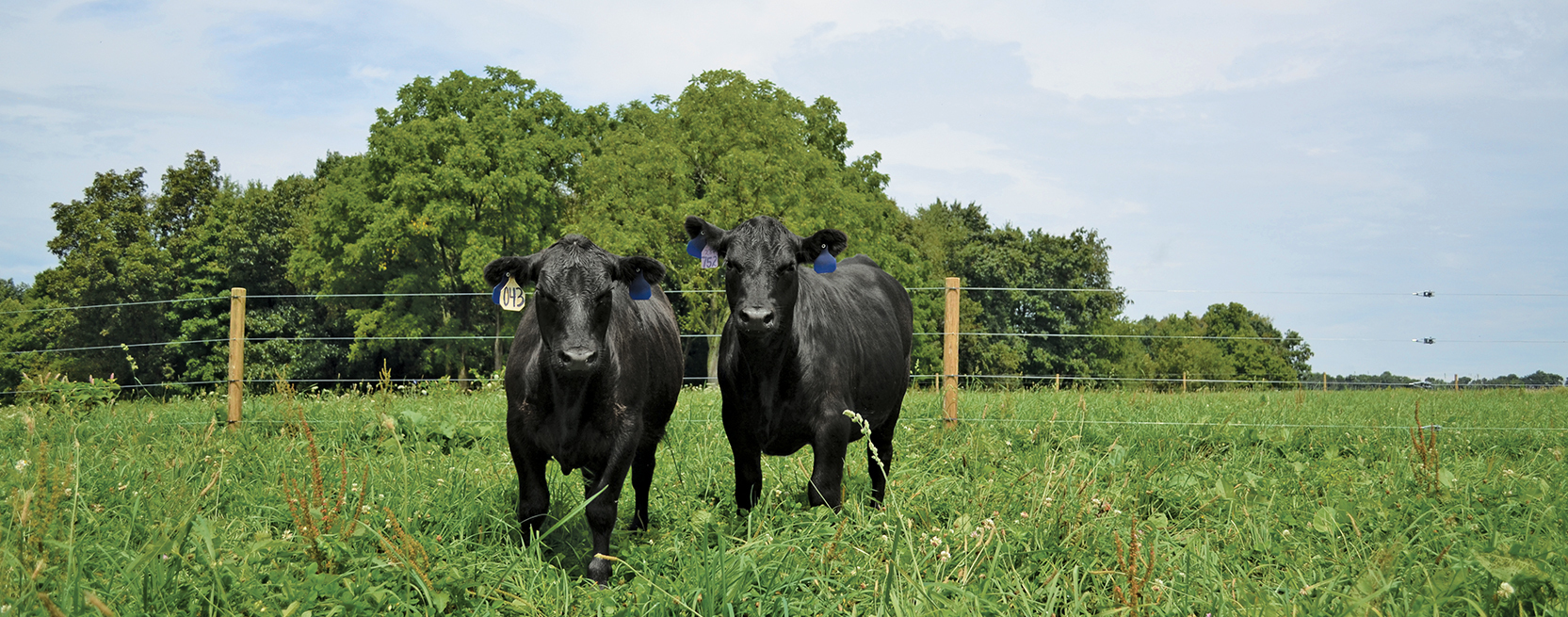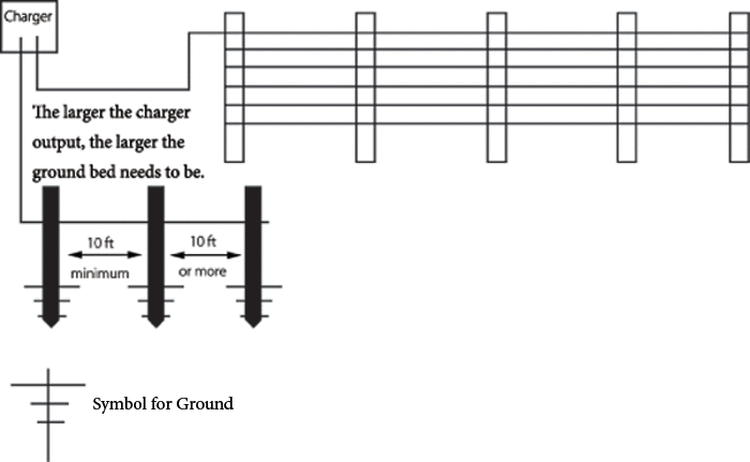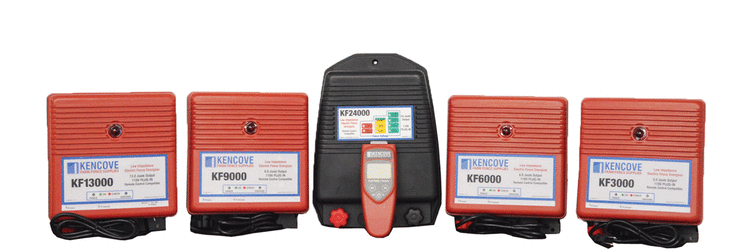BLOG

10 Most Common Electric Fence Problems Part 1
For me it goes back to the old saying, “You don't really know a subject until you have to teach it”. I have been repairing and building electric fences with my Dad for our beef herd and sheep flock as long as I can remember. However, it did not take much time as Quality Assurance Manager at Kencove Farm Fence for me to understand exactly how the simplest issues with an electric fence project can be prevented. Electric fencing is the most efficient fence in terms of cost and installation. Technology is constantly changing to make each project easier and easier. The same problems need to be avoided whether we are charging high-tensile, soft smooth wire, or twine fence. The next few blog posts are meant to reassure folks that electric fencing failures can be prevented. Continue to follow the blog as we discuss the top ten most likely problems with electric fence projects.
#1 Poor Grounding: An electric fence must complete a circuit in order to shock. We should be generous when it comes to the grounding system for our fence project. Installing at least 3 galvanized ground rods 5’ deep, 10’ apart creates and adequate ground bed for most small energizers. It is very common for people to install 3’ of ground rod for every joule of output energy. So if you are using a 3 joule energizer you should install at least 9’ of ground rods. Typically this would mean using 3- 3’ rods spaced 10’ apart to create a large ground bed. Large ground beds in moist soils are the most effective. Ground rods should be connected using good ground rod clamps. Be sure not to mix metals when connecting your rods. For example attaching steel to copper causes a reaction called electrolysis, which will corrode connections, reducing the shocking potential. Be safe; use stainless steel wire, galvanized ground rods, and brass ground rod clamps. If at any point you can measure a significant voltage at your ground rods, your ground bed is not large enough. Keep in mind you can never have too good of a grounding system and soil conditions do have an impact.

#2 Undersized electric fence charger (Energizer): An undersized fence charger creates an ineffective fence. If you don’t size your electric fence charger correctly animals will only see the fence as a physical barrier not as a pain or psychological barrier. Basically the fence does not stand a chance without an adequate charger. So, how do you size an energizer? Start by identifying what type of animals you are fencing, how much fence and what types will be energizing, and will there be heavy vegetation on the fence line? Most animals can be easily contained with 3,500-5,000 volts. Choose a low-impedance (narrow pulse) energizer according to output joules. The higher the joule rating, the greater shocking potential over a longer fence line and weed loads. Use caution when buying an electric fence charger based solely on the information on the box. Energizer companies use mileage ratings as a marketing tactic. Many energizer manufactures establish mileage ratings for their products, such as an energizer that will charge 50 miles of fence. This energizer might charge 50 miles of golf course fence. Always, always base your purchasing decision off of output joules and a reputable product specialist. For more information on choosing an energizer check out our recent blog post about Volts vs. Joules.

Does your electric fence problem make the top 10 list? Check back as I describe the problems I have found to be most common!



